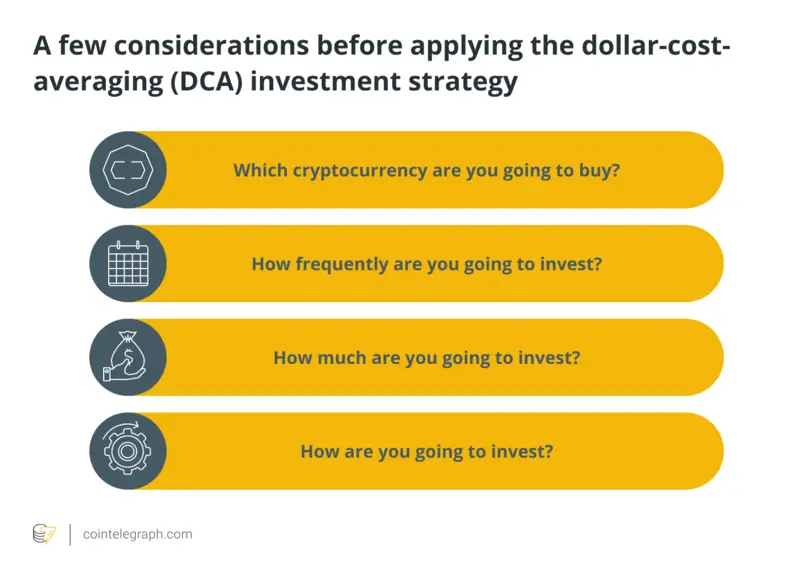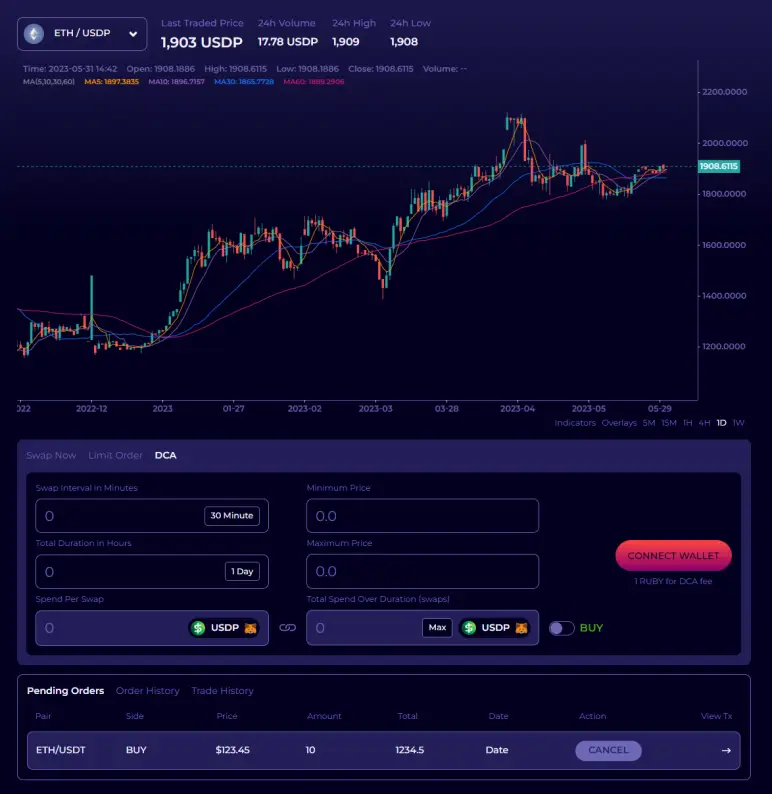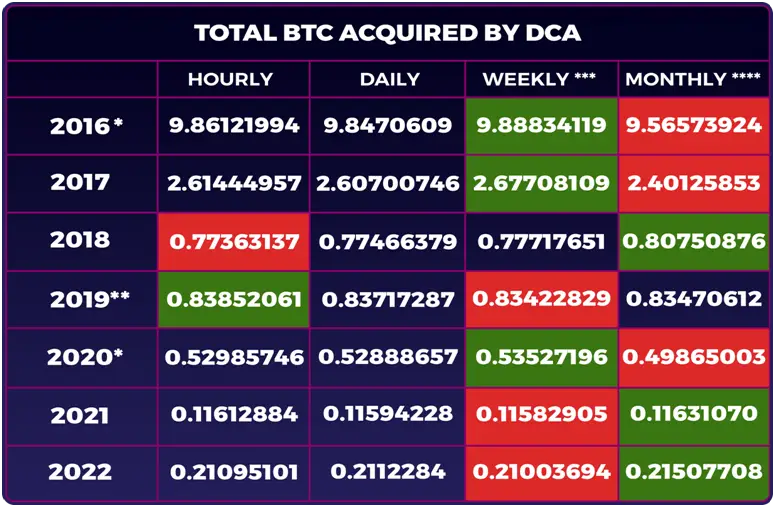Decentralizing DCA: This exhange offers gas-free dollar-cost averaging

Cryptocurrencies attract a lot of investors due to their high volatility, but this also poses a significant challenge. The most difficult part of investing in crypto is finding the best time to enter the market. Ideally, the plan would be to buy low and sell high, but the extreme volatility makes it impossible to enter at the right time on a regular basis.
However, there is a tested strategy that has been used by investors in traditional markets. It’s called dollar-cost averaging (DCA), and it can be applied to crypto assets like Bitcoin (BTC).
The main rule of the strategy is to allocate a fixed amount of money at regular intervals, regardless of the current price. Thanks to the DCA approach, investors can mitigate the impact of market volatility. DCA allows them to buy more crypto when prices are low and less when prices are high, resulting in an average purchase price that may be lower than the asset’s current value. While DCA doesn’t guarantee profits, it provides a disciplined approach to accumulating cryptocurrencies over time, making more sense for hodlers and long-term crypto investors.
DCA is especially relevant in the crypto market given the high volatility of crypto assets. The strategy enables crypto investors to eliminate the emotional burden and the influence of short-term price movements.

DCA on the DEX market
Many centralized crypto exchanges offer users the DCA strategy as an option, but it still isn’t widely adopted by decentralized exchanges (DEXs), mainly because of the gas fees that are incurred for every transaction. In response to this need, Ruby.Exchange recently became one of the first DEXs to offer DCA to its users.
Ruby.Exchange is a DEX on the SKALE Network, a layer-2 Ethereum scaling solution, and uses the automated market maker (AMM) model. Ruby is easy to use and offers immediate transaction finality, zero gas fees, miner extractable value (MEV) protection at the blockchain level, and seamless bridging between SKALE chains.

Source: Ruby.Exchange
The recent addition of DCA enables Ruby’s users to implement this strategy by leveraging decentralized infrastructure. Investors can set up a series of regular buys for a certain amount of crypto that is automatically executed by the smart contract.
“Dollar-cost averaging is a popular strategy in the crypto world because it avoids trying to time the market and smooths out the ups and downs of a crypto’s volatility, letting investors build their holdings with lower risk,” commented Ruby.Exchange. “Now, Ruby’s decentralized and gas-free DCA feature allows them to reduce risk even further.”
One of the major advantages of Ruby.Exchange is that it leverages the SKALE network, which has Features favoring the DCA strategy, including fee-free and lightning-fast transactions. With zero gas, users can implement the DCA technique in ways that wouldn’t be possible on other networks. For example, it wouldn’t make sense to make regular buys of $0.1 when the gas fee is $0.01, as 10% of the invested amount will go towards these costs. Instead, with free transactions, all of the invested amount goes towards the DCA account.
On Ruby.Exchange, traders can set the frequency of their purchases down to every hour or even every minute. For example, one could invest $1 every 15 minutes for a month, for a total of just over $2,900. Ruby’s research has shown that more frequent buying is associated with better risk/return.

The amount of BTC that an investor can buy with the DCA strategy using different purchase frequencies — the total investment amount in each case is $5,256. Source: Ruby.Exchange
Ruby.Exchange’s DCA feature allows cryptocurrency traders to solve the timing issue in a volatile market by leveraging zero-cost transactions and the DEX with no intermediaries, no KYC, and full control over personal funds for investors.
Disclaimer. Cointelegraph does not endorse any content or product on this page. While we aim at providing you with all important information that we could obtain in this sponsored article, readers should do their own research before taking any actions related to the company and carry full responsibility for their decisions, nor can this article be considered as investment advice.
Comments
Post a Comment